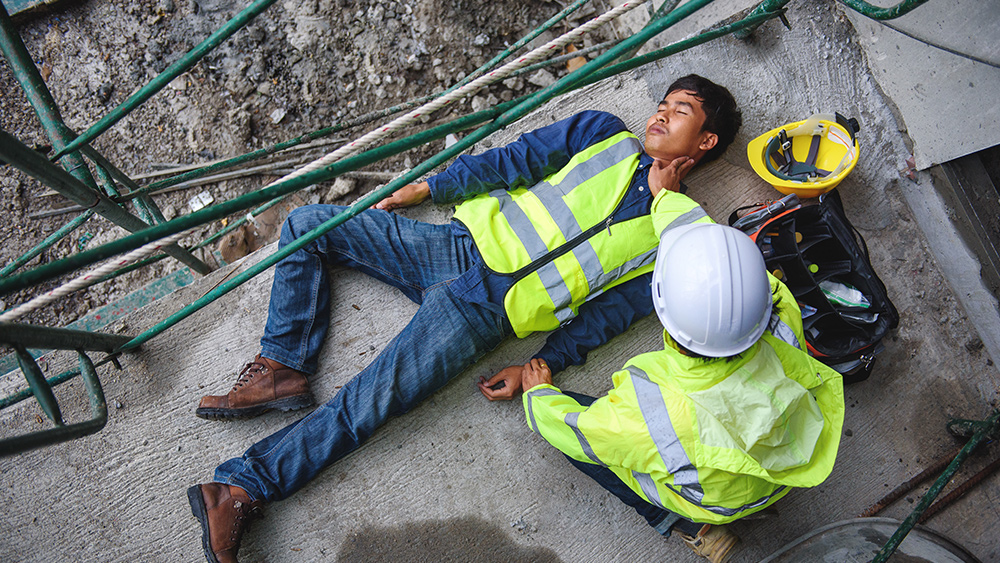
How to treat snake bites
Snake bites are deadly due to snake venom. This poisonous fluid is stored in the modified salivary glands of venomous snakes. It is composed of a combination of toxic proteins, enzymes and other molecules that work to destroy cells, disrupt nerve impulses or do both. When snake venom enters the bloodstream, it can cause paralysis, internal bleeding or death.
To prevent these, perform the following first-aid steps immediately: (h/t to DoomsdayMoose.com)
- Wash the wound using soap and water. Look for any broken teeth or dirt in the wound and remove them.
- If there is swelling around the bitten area, remove any items that cut off blood flow, such as jewelry and rings.
- Contact the relevant authorities or transport the patient immediately to the nearest medical facility that can deliver emergency care for snake bites.
- Try to identify or take a photo of the snake, but do so from a safe distance. Identifying the snake is necessary for emergency responders to administer the appropriate antivenom.
Treating snake bites is extremely tricky. Here are some important reminders when performing first-aid care:
- Do NOT try to suck out the venom.
- Do NOT apply a tourniquet or anything that can impede blood flow.
- Do NOT elevate the wound above the heart or chest level.
- Do NOT use aspirin or any pain relievers.
- Do NOT try to catch to snake in an effort to kill or identify it.
Treating bites by venomous elapids
Elapids are a family of venomous snakes characterized by the fangs fixed in the front of their upper jaw. They include some of the deadliest snakes in the world, such as cobras and black mambas.
When treating bites by elapids, apply a pressure immobilizer to delay the body's absorption of the venom. Locate the bite site and wrap a bandage around it with a lot of pressure, much like how you would wrap a sprained ankle. If bitten on the leg or arm, immobilize the patient's extremities using a wooden splint. This will help prevent the venom's seizure effects. (Related: Could "miracle" molecule make humans bulletproof against snake bites?.)
How to prevent snake bites
Check out the following tips to prevent snake bites:
- Wear boots and long pants. Avoid going barefoot or wearing sandals. Instead, wear hiking boots and long pants as they provide an extra layer of protection.
- Avoid the underbrush and tall weeds. Snakes tend to stay almost anywhere that is hidden from view. Stay on trails or areas designated for humans to avoid disturbing snakes.
- Do not touch or disturb a snake even if it appears dead. These sly creatures use their hidden position to maim their prey. Even freshly killed snakes may still be able to bite.
- Inspect for concealed snakes. Whether you're setting up camp or picking up stones or wood, check for snakes in hiding beforehand to avoid accidentally disturbing them.
- Pair up. Partnering up helps in the event that you or your partner gets bitten. Always have someone with you who can assist in an emergency.
- Teach children to leave snakes alone. Curious children are in danger of getting bitten. Teach them to always give snakes the right of way to prevent snake bites.
Snakes are extremely venomous creatures that pose a major threat to anyone living off-grid. Observe the necessary precautions to avoid getting bitten. When the unfortunate thing happens, immediately apply first aid using the steps detailed here.
Sources include:
Please contact us for more information.























